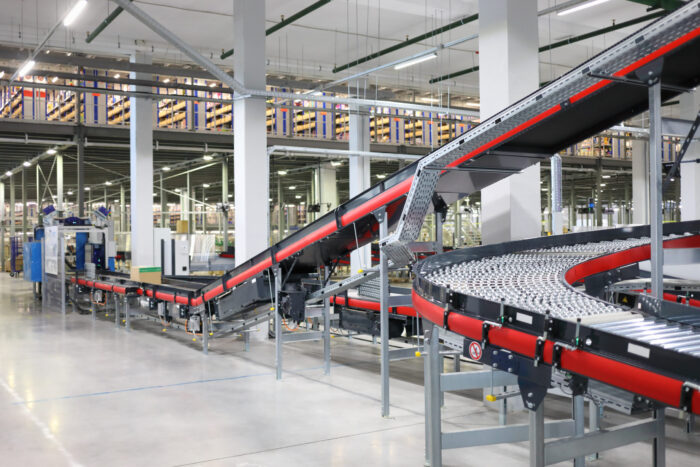Few outside of the field know what an industrial hygienist is or what they do. Even companies that employ hygienists may not know the full extent of what the job entails. In the years leading up to and following the onset of the pandemic, the role of the industrial hygienist has fundamentally changed. Historically, industrial hygienists have been tasked for constructing a sampling plan to hand over to the technician for execution, interpreting the results, and compiling a report. While this is still a fixture of the job, hygienists have worked in parts of the field for many years that are only recently seeing increased visibility.
The COVID-19 pandemic prompted companies to hire hygienists to minimize biological exposures, but it also spurred them to ask, “what else does industrial hygiene cover?” as concerns for worker safety came to the forefront of many operations. Although exposure monitoring is traditionally what hygienists have been tasked with, comprehensive worker health has become more of a priority for many business leaders, making the – often many – jobs of the industrial hygienists critical for successful organizations.
In addition to the challenges the pandemic brought, as well as the cracks in the structure of organizations it exposed, there have been many changes to the workforce and to the workplace that hygienists must manage. This includes generational differences within an organization, budgets, remote work, and changing technologies. Traditionally, hygienists have performed chemical exposure assessments, ventilation assessments, noise assessments, dosimetry and other exposure evaluations. Today, their role covers those items as well as occupational safety and medicine, ergonomics, risk management, toxicology, epidemiology, medical monitoring, total worker health and more.
A key way businesses are utilizing industrial hygiene to address worker health and safety is through design that can identify, anticipate, and mitigate hazards before they become problems. Industrial hygienists help provide guidance to business leaders on preventative program design, rather than testing and sampling as to whether a problem exists after the fact.
The Total Worker Health (TWH) program was launched in 2011 by the National Institute for Occupational Safety and Health (NIOSH) to explore how workplaces can be better designed to protect workers from occupational harm and to enhance well-being. “TWH efforts emphasize organization-level interventions over individual ones, concentrating on workplace policies, programs, and practices…these factors are connected to risks for work-related injury; acute and chronic diseases; quality of life, job attendance and productivity, and health-related costs for workers and their employers.” Organizations are increasingly using the guidance provided by this framework in their design for healthier workplaces. Those that prioritize worker safety (and are transparent in doing so) have higher productivity, employee engagement, and reduced turnover.
The breadth of the industrial hygiene field is extensive by design, but the field is continuing to become more integrated with other disciplines to address comprehensive worker health. Thankfully, the role of the industrial hygienist is becoming more understood, and most importantly, being utilized to help employers make decisions on how to best protect their workers and the communities they serve. Now if we could only come up with a better name for the profession.
To learn more about the value the industrial hygienist can provide to the modern workplace, please join us for our next webinar, “What Can Your Industrial Hygienist Do for You? Beyond Exposure Assessments”. We hope to see you there!
